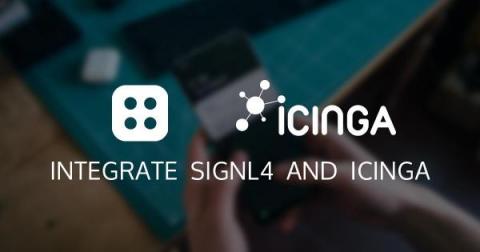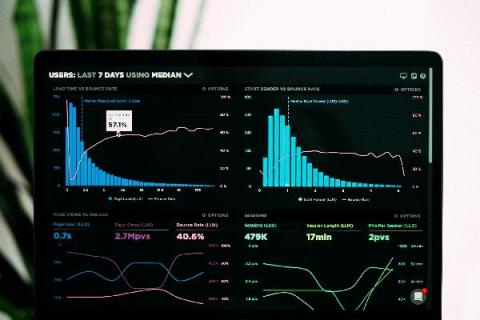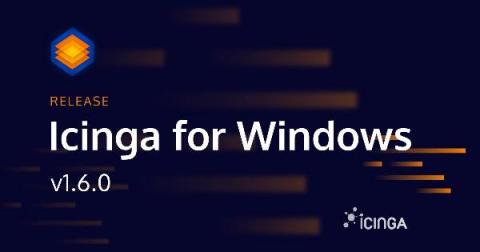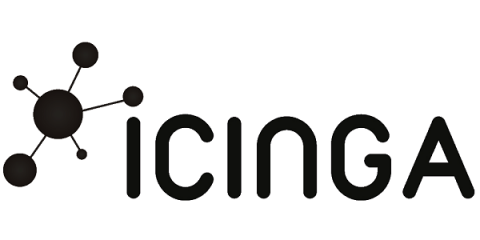Operations | Monitoring | ITSM | DevOps | Cloud
Icinga
Installing Additional Modules in the Icinga Web 2 Docker Container
The Docker images we provide for both Icinga 2 and Icinga Web 2 already contain quite a number of modules. For example, the Icinga Web 2 image contains all the Web modules developed by us. But one of the main benefits of Icinga is extensibility, so you might want to use more than what is already included. This might be some third-party module or a custom in-house module.
Polishing the Icinga DB Web User Interface
When redesigning the new Icinga DB Web interface elements we already started establishing consistent design elements. This is even more supported by developing the Icinga PHP Library (IPL) from the ground up. IPL makes developing reusable widgets a lot easier for developers. For the release of Icinga DB Web RC2 we’re going the extra mile to polish many of our user interface elements.
A snapshot of my daily work
Today I show you a snapshot of my daily work. It is especially interesting this time, because it’s a not-so simple problem to solve. It’s not difficult per se, but involves quite some understanding of the Icinga Web 2 framework and how it communicates with the web server. Disclaimer: What I’m going to show, is not a feature preview or anything. It’s more of a proof of concept, and it may be that forever and won’t be continued further.
Reliable Alerting with Icinga and SIGNL4
You’ve probably been in this situation before – you’re using Icinga to monitor your infrastructure and Icinga detects a critical issue but nobody notices it. It might be an urgent maintenance request, an unexpected breakdown, or a service quality issue. But your technicians or service engineers are neither in the control room nor in front of the dashboard to see the issue and its urgency.
How to monitor a web server running NGINX|httpd
Web servers are software services that store resources for a website and then makes them available over the World Wide Web. These stored resources can be text, images, video and application data. Computers that are interfaced with the server mostly web browsers (clients), request these resources and presents to the user. This basic interaction determines every connection between your computer and the websites you visit.
What to expect from an Icinga Fundamentals training
Let’s set the scene: You just started out with Icinga, maybe because you have realised your need for monitoring or you have inherited an environment. Maybe your boss just decided that this is what you are going to do now. So you are now sitting in front of the documentation, maybe started an installation process. But there are all of those terms that you don’t know, things are looking complicated and you don’t even know where to get started in your journey. And that’s okay!
Releasing Icinga for Windows v1.6.0 - Easier and more Secure
Today we are happy to announce the release of Icinga for Windows v1.6.0, which we already demonstrated on YouTube last week. This is one of our largest releases so far, as we improve the entire usability, flexibility, and security of Icinga for Windows.
Icinga for Windows v1.6.0 - Preview and Q&A
MySQL queries - faster than light (almost)
At the moment I’m working at a tool for migrating Icinga 2 IDO history to Icinga DB . Sure, one could also run IDO and Icinga DB in parallel for one year and then switch to Icinga DB if they only care for the history of the past year. But the disadvantage is: one would have to wait one year. Nowadays (in our quickly changing world) that’s quite a long time.











